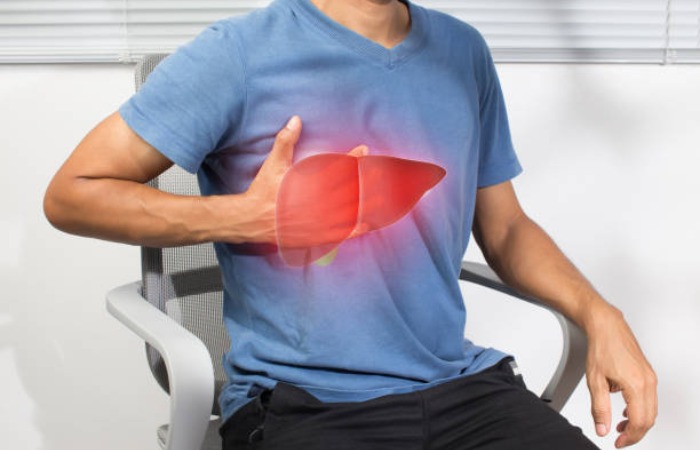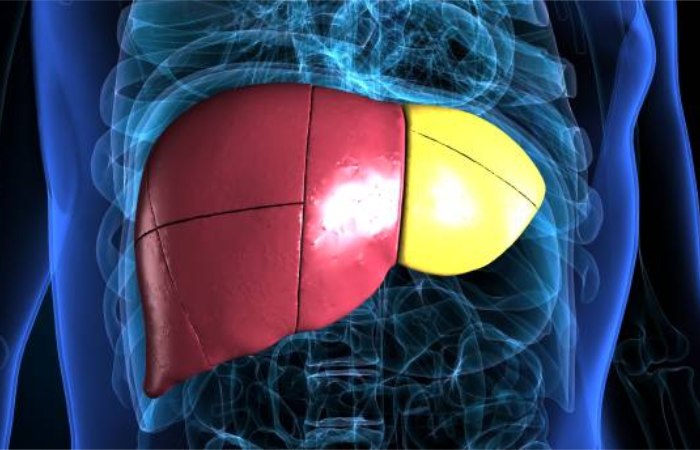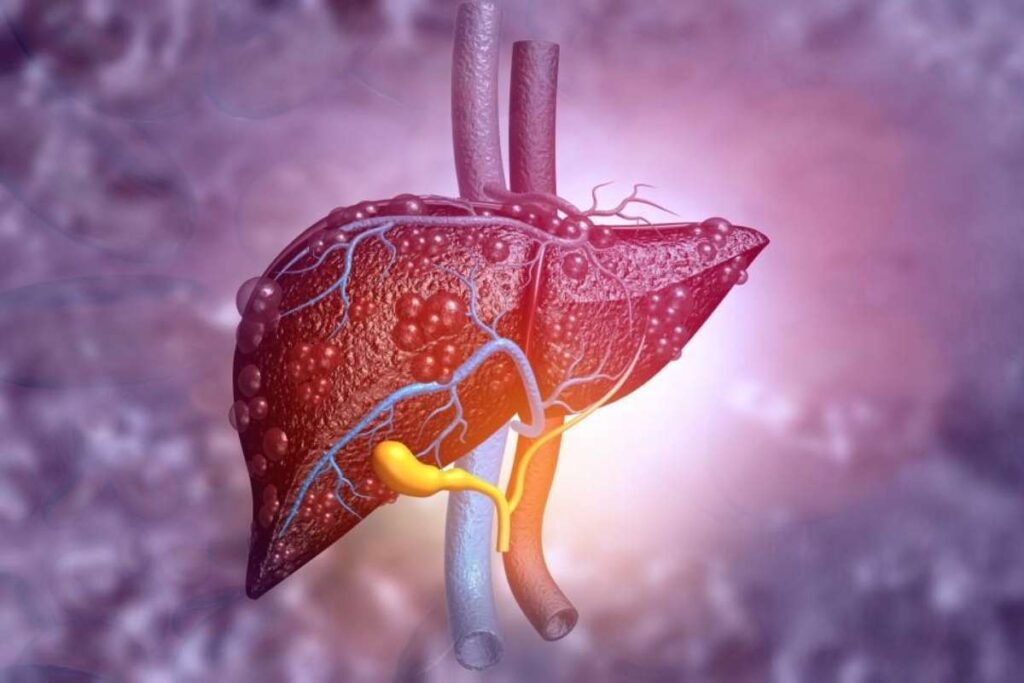Most people don’t think about their liver until something goes wrong. But did you know that fatty liver disease silently affects millions of people around the world, often without any apparent symptoms? Whether young or old, thin or fat, the condition may be closer to you than you think.
What is Fatty Liver Disease?

Fatty liver disease happens when excess fat builds up in the liver. While it’s usual for the liver to contain a small amount of fat, too much can lead to inflammation and permanent liver damage.
There are two main types:
- Non-Alcoholic Greasy Liver Disease (NAFLD): The most common form, especially in people who don’t drink much alcohol. It’s often linked to obesity, diabetes, high cholesterol or a sedentary lifestyle.
- Alcoholic Fatty Liver Virus: It is caused by heavy alcohol consumption, which damages liver cells over time.
Fatty Liver Causes: What Leads to It?
NAFLD doesn’t just appear out of nowhere. Several lifestyle and health factors can contribute, such as:
- Obesity or being overweight
- Deprived diet (high in sugar, refined carbs, and treated foods)
- Lack of physical activity
- Type 2 diabetes or insulin resistance
- High cholesterol or triglycerides
- Rapid weight loss
- Polycystic Ovary Syndrome (PCOS)
Even people with standard body weight can develop fatty liver, especially if they have poor dietary or sedentary lifestyles.
Fatty Liver Indications: What to Watch Out for
Here’s the tricky part—most people with fatty liver don’t feel sick at all, especially in the early stages. But as the disease progresses, some may notice:
- Feeling tired or sluggish
- Mild discomfort or ache in the upper right side of the belly
- Unexplained weight loss
- Enlarged liver (found during a routine checkup)
- Dark patches on the neck or underarms (signs of insulin resistance)
Since these symptoms are often mild or easily confused with other conditions, fatty liver frequently remains unnoticed until it progresses toward a more advanced phase.
Stages of Fatty Liver Disease
Fatty liver disease usually develops slowly and may pass through several stages:
- Simple Fatty Liver (Steatosis): Fat builds up in the liver without causing inflammation.
- Non-Alcoholic Steatohepatitis (NASH): Fat causes inflammation and liver cell damage.
- Fibrosis: Scarring begins to form as the liver tries to repair itself.
- Cirrhosis: Severe scarring that may result in liver failure or increase the risk of developing liver cancer.
How Is Fatty Liver Diagnosed?
Since fatty liver often doesn’t cause noticeable symptoms, it’s usually discovered during routine tests or health checkups.
Standard diagnostic tools include:
- Blood tests: To check liver enzymes.
- Ultrasound: A painless way to spot fat in the liver.
- FibroScan or MRI: Helps assess liver stiffness (scarring).
- Liver biopsy: Rare, but may be done if the diagnosis is unclear or to confirm NASH.
Treatment for Fatty Liver: Can It Be Reversed?

There is no single “pill for fatty liver disease,” but the most effective treatment is lifestyle changes. Here’s what doctors recommend:
Lose Weight Slowly and Securely
Trailing 5 to 10 per cent of your body weight can significantly decrease the fat in your liver and reduce inflammation.
Follow a Fatty Liver Diet
- Eat more fruits, vegetables, and whole grains
- Choose lean proteins like fish, chicken, tofu, or beans
- Cut back on sugar, fried foods, and processed snacks
- Limit red meat and refined carbs (white bread, pasta)
- Avoid sugary drinks and opt for aqueous or herbal teas
Exercise Regularly
Try to engage in moderate physical activity, such as brisk walking, for about 30 minutes on most days of the week.
Control Underlying Conditions
Managing diabetes, cholesterol, and blood pressure is key to protecting your liver.
Avoid Alcohol
Even small quantities of alcohol can cause liver damage, especially if you already have NAFLD.
Prevention: Simple Liver Health Tips
Even if you don’t have fatty liver today, it’s worth taking steps to prevent it. Here are some tips:
- Stick to a balanced diet that’s low in sugar and processed foods
- Be physically active—aim to sit less and move more
- Avoid crash diets or extreme fasting
- Don’t rely on supplements or detox teas that claim to “cleanse” your liver
- Stay on top of routine checkups, then screenings
Conclusion
Fatty liver disease may have no symptoms, but its impact on your health can be deep. The good news is that with early detection and simple lifestyle changes, you can reverse the damage and regain control of your liver health. Think of your liver as your body’s silent workhorse: take care of it, and it will take care of you.
Frequently Asked Questions
Can children get non-alcoholic fatty liver disease?
Yes, due to rising obesity rates and poor eating habits, NAFLD is now being diagnosed in children and teenagers, especially those who are overweight.
Does fatty liver disease cause weight gain?
While fatty liver is linked to obesity, the disease itself doesn’t directly cause weight gain. However, poor metabolic health may lead to both.
Are there any warning signs in blood tests?
Elevated liver enzymes such as ALT and AST may indicate liver inflammation, but this is not always evident in the early stages. However, an ultrasound scan of the liver may be needed.
Can fatty liver lead to other health problems?
Yes, fatty liver disease increases your risk of developing type 2 diabetes, emphysema, kidney disease, and even liver cancer if left untreated.
Is coffee good or bad for fatty liver?
Moderate chocolate consumption (2–3 cups per day) is related with a lower risk of liver damage and may help protect against the progression of fatty liver disease.


